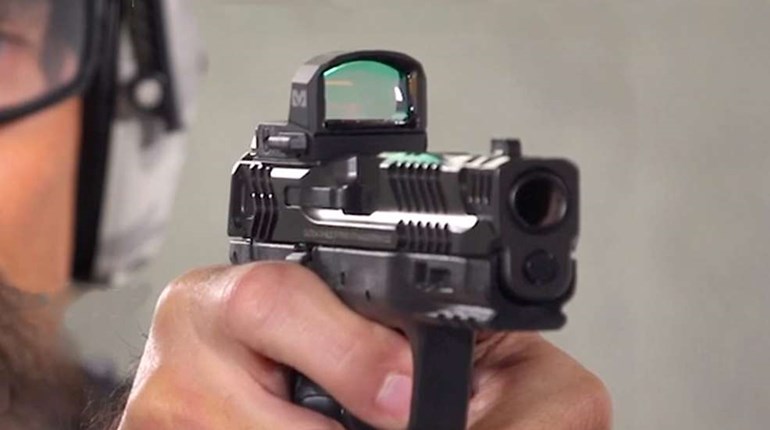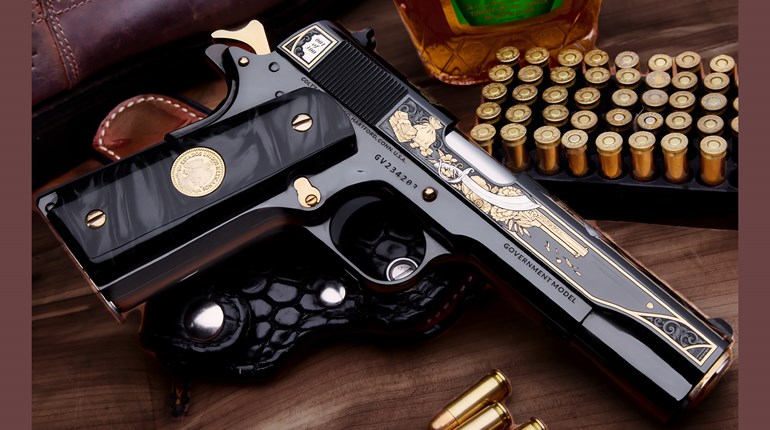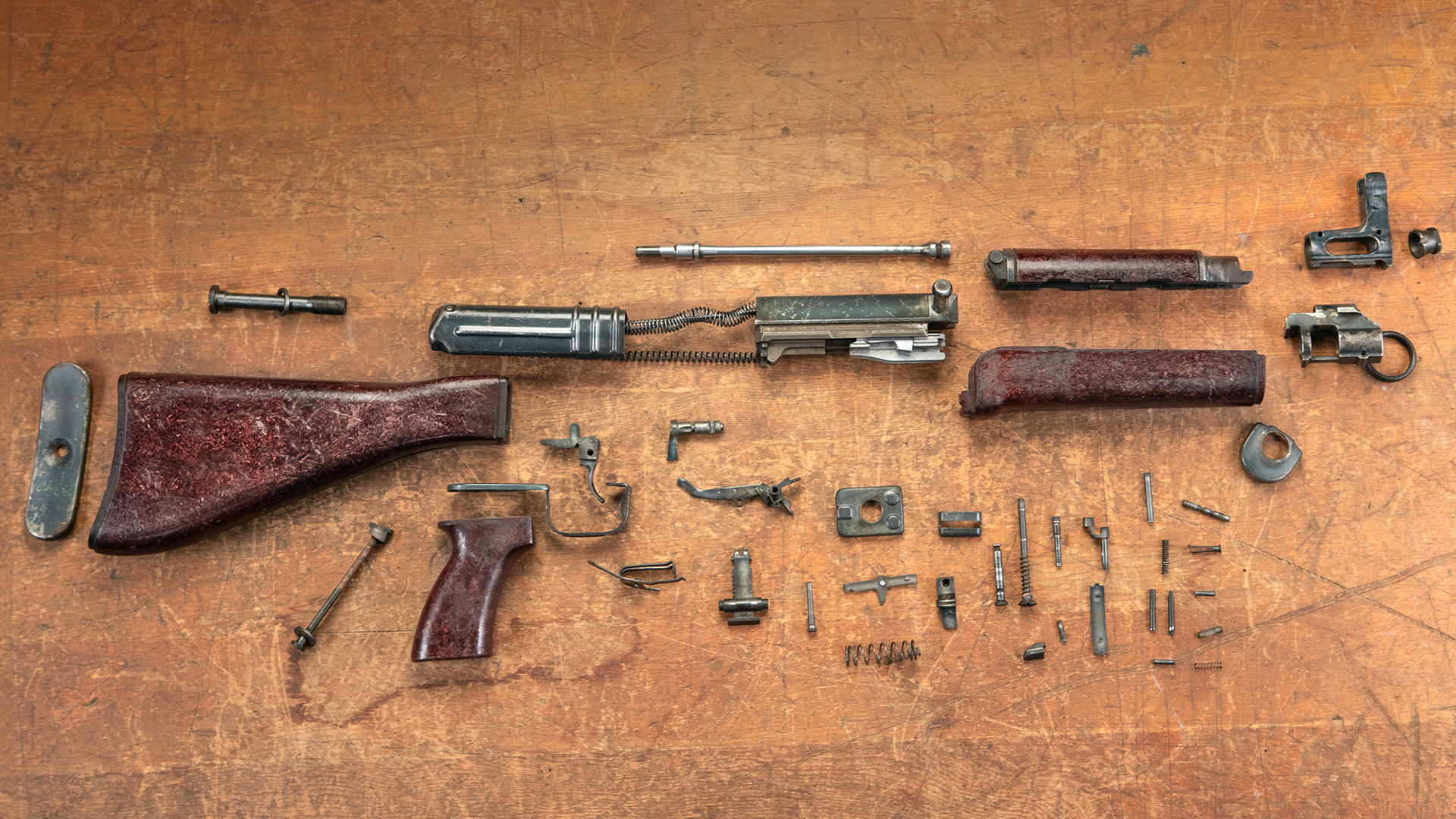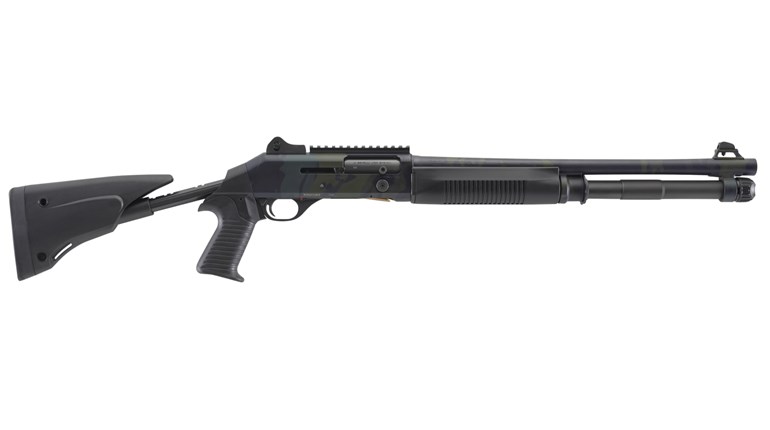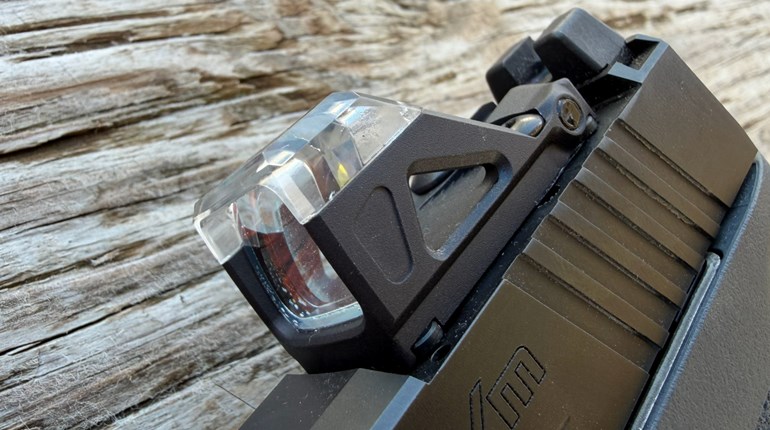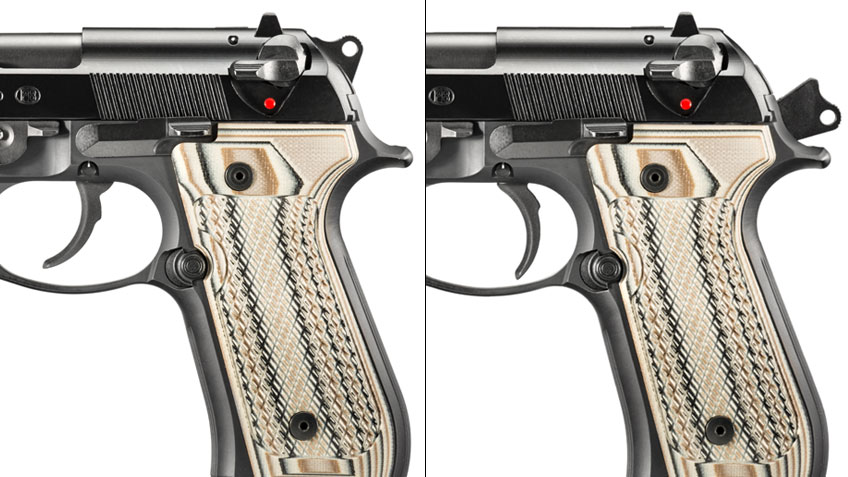
Mastering the transition from the heavy double-action pull to the lighter single-action one is critical for those who carry DA/SA handguns.
Back in the Dark Ages, when we began the transition from revolvers to semi-automatic pistols, the Border Patrol published a list of approved handguns agents could purchase and use on duty. The only .45 ACP pistol on the list was the SIG Sauer P220, and it became a popular choice both for its chambering and its reliability. The operation of these pistols was similar to the revolvers we were familiar with, in that they could be fired in the double-action mode (DA)—where the hammer was cocked by motion of the trigger—or could be thumb-cocked to place them in the single-action mode (SA), usually done to make a precision shot. Like all DA/SA pistols, the SIG would cycle and go to single action after firing the first double-action shot and could be placed back in the double-action mode with a decock lever, a necessary step before holstering.
When in DA mode the trigger is forward and requires around 12 to 14 pounds of pressure to release it. When the hammer is cocked and the trigger resets to the SA mode, it is farther back in the trigger guard and takes 5 pounds of pressure (or less) to fire. This presents a couple of training issues that can be resolved with practice and careful placement of the finger on the trigger. While you may want to wrap the finger around the trigger a bit to pull it back in DA mode, you’ll likely find you have way too much finger on the trigger once it resets into SA, and this can lead to pulling shots off to the side and low. Likewise, not getting enough finger on the trigger to pull it back in DA can lead to pushing shots off or jerking the trigger—meaning slapping rather than pressing it smoothly.
There are a couple of ways to solve these issues if you shoot a DA/SA pistol. The first is to find a trigger finger placement that works in both modes. It’s a bit of a compromise, but allows you to shoot without having to adjust your finger position on the trigger. The other fix is to use a lot of finger on the trigger for the DA shot then adjust the finger for the SA shot using the pad of the finger up to the first joint to precisely press the trigger straight to the rear. Doing a lot of dry practice on the heavy DA trigger press can help as well.
After your dry-practice sessions, head to the range. Once there, work on firing two-shot sequences starting from a low-ready position, two hands on the pistol, muzzle depressed. Bring the gun up; focus on the front sight and stroke through the DA pull without disturbing the sight alignment. Follow-up with an SA shot. Come back down to low ready, de-cock the pistol and repeat. If you’re comfortable working from the holster, move on to that but remember to always decock the pistol and holster carefully with the trigger finger straight and off the trigger. While it’s easier to shoot the pistol well in the SA mode, keep de-cocking and starting in DA until you’re comfortable. A typical range session might include firing 100 rounds at varying distances, all in DA/SA pairs.
Working this DA to SA drill with careful attention to trigger manipulation will allow you to gradually build up your precision and speed. DA/SA pistols are excellent fighting tools but they require a little work to shoot them well. This practice drill will help you perfect your trigger press and improve your shooting.













